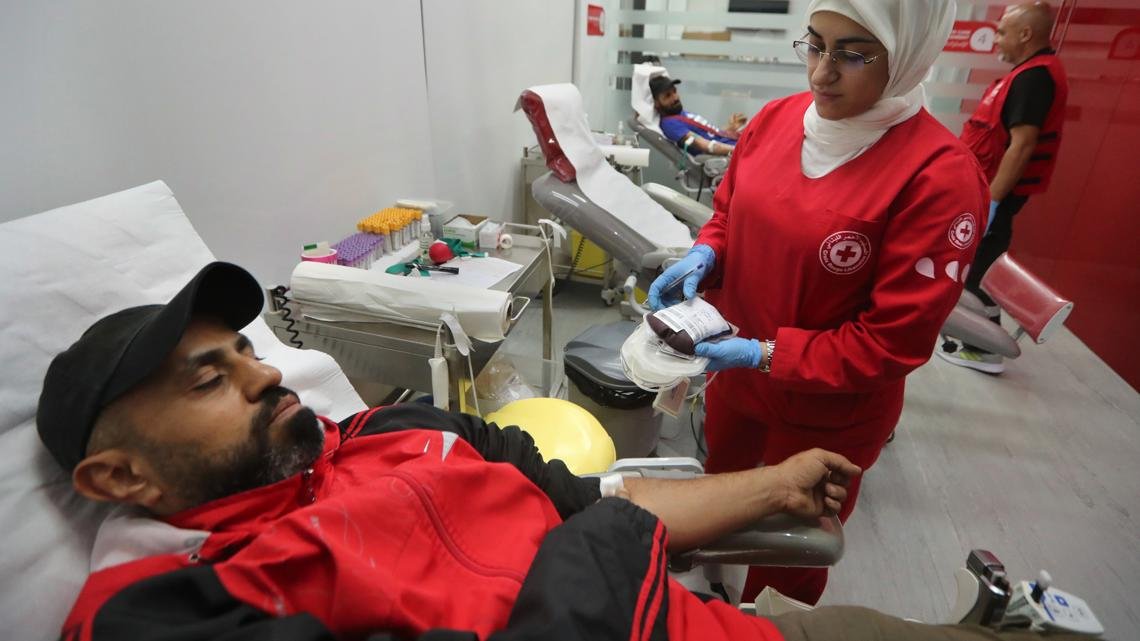cct-tracking
12 Lives Lost, Including 2 Children, in Coordinated Pager Explosions Across Lebanon and Syria

NEW YORK — A coordinated attack involving pagers used by Hezbollah members resulted in multiple explosions across Lebanon and Syria on Tuesday, claiming at least 12 lives, including those of two children, while injuring thousands more. The nature of the attack indicates a high level of sophistication and premeditation.
According to a U.S. official, Israel informed U.S. authorities about the operation after its execution. It is believed that small explosives concealed within pagers were detonated remotely. The Iranian-backed group has accused Israel of orchestrating this deadly attack.
Investigators have yet to determine how exactly the pagers were triggered. The Israeli military has remained silent on the matter. Hezbollah leader Hassan Nasrallah had previously warned members against using smartphones due to surveillance risks, which led to the group’s adoption of pagers instead.
A spokesperson for Hezbollah stated that the detonated devices were of a new brand not previously employed by the group. The pagers were made by a company in Taiwan, Gold Apollo, in collaboration with a Budapest-based firm, BAC Consulting.
Nicholas Reese, an adjunct instructor at New York University, commented on the security implications of this attack. He noted that the simplicity of pager technology makes them less susceptible to interception compared to smartphones. This incident could compel Hezbollah to rethink its communication strategies, potentially prompting members to discard not only pagers but all electronic devices.
Speculation around the method of operation is rife. Analysts suggest that supply chain interference may have played a role, with explosives potentially inserted into the pagers before delivery. Experts pointed out that such a device could easily be modified to include a detonator and explosive charge.
Reports indicate that video footage purportedly showing one of the pagers detonating has surfaced on social media. Analysis of the explosion’s size suggests it could have resulted from a small explosive component, further corroborating the idea of a sophisticated attack.
The scale and intricacy of the operation likely necessitated extensive planning, with timelines estimated at anywhere from several months to two years. Sources indicate that intelligence gathering was crucial, requiring access to the pagers before they were distributed to Hezbollah.
Elijah J. Magnier, a seasoned political analyst, revealed that the compromised pagers had appeared functional for months. Feedback from Hezbollah members suggests that many pagers did not explode, allowing for an inquiry into the nature of the devices which reportedly contained small amounts of high-explosive materials.
Questions of accountability arise, especially considering the high number of casualties and the implications of utilizing devices that could be in the hands of unintended targets, such as children. The full scope of this incident remains under investigation.
Associated Press journalist Johnson Lai in Taipei contributed to this report.


















